Soil stabilisation is the alteration of one or more soil properties, by mechanical or chemical means, to create an improved soil material possessing the desired engineering properties. Stabilising soils during road construction can make the pavement more durable and resilient. Furthermore, it can stop erosion and dust production on the surface of the road.
The major objective of soil stabilisation is to develop a soil material or soil system that will endure over the design lifespan of the project under the design use conditions. In the same way that soils vary around the world, so do their engineering properties. Soil testing is therefore essential for the success of soil stabilisation. Prior to construction, ideally before selecting or buying materials, the chosen method of soil stabilisation should be tested in a lab.
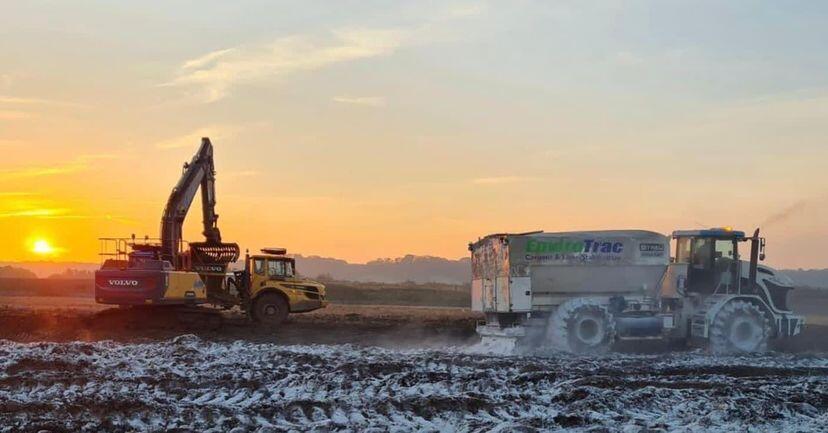
The base of highway pavement is the most critical component of a road. As a result, road pavements are susceptible to the performance of the soil supporting them. Finding a method to balance road performance, constrained budgets, and tightening environmental laws is becoming a bigger challenge for road engineers. The cost-effectiveness of treatments to enhance the long-term performance of conventional pavements is declining. In comparison to the work at hand, road budgets, especially for maintenance, appear to be decreasing yearly.
Need for Soil Stabilisation of Roads
The stability of the underlying soils frequently affects the long-term performance of pavement structures. The structural integrity of each layer of pavement must meet minimal requirements in order for the engineering design of these built facilities to support and distribute the superimposed loads. These layers must withstand shear, severe deflections that can cause fatigue cracking in the layers above, and excessive permanent deformation.
In order to transform inexpensive natural earth materials into useful construction materials, it may be necessary to improve their engineering properties as they don’t always satisfy these specifications in their natural state. This is frequently achieved by stabilising or altering these problematic soils physically or chemically. The necessary strength and stability needed to ensure acceptable performance under traffic loading and environmental demands are frequently lacking in in-situ subgrades.
While stabilisation is a viable alternative for enhancing soil characteristics, the engineering properties that result from stabilisation vary greatly due to heterogeneity in soil composition, differences in the micro and macro structure of soils, heterogeneity of geologic deposits, and due to differences in the physical and chemical interactions between the soil and candidate stabilisers. The utilisation of site-specific treatment alternatives is required for stabilisation due to these variances.
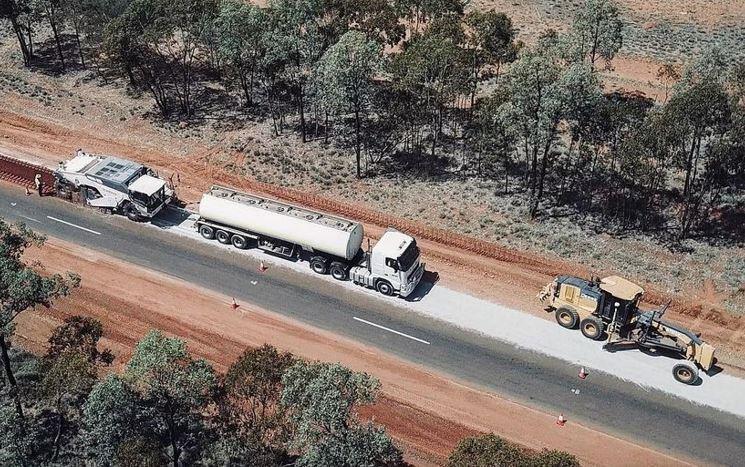
Advatanges of Soil Stabilisation
The basis of pavement design is the assumption that each layer of material in the pavement system will meet a minimum level of specified structural quality. Each layer must be able to withstand shearing, resist excessive deflections that could lead to fatigue cracking either inside the layer or in layers above it, and avoid excessive permanent deformation. The ability of a soil layer to disperse the load over a larger area often increases with soil quality, allowing for a reduction in the needed thickness of the soil and surface layers.
The following benefits come from stabilising soil for use in road pavements:
(a) Improved engineering characteristics
Soil stabilisation improves the engineering properties of the soil, e.g.,
(i) strength – to increase the strength and bearing capacity,
(ii) volume stability – to control the swell-shrink characteristics caused by moisture changes, and
(iii) durability – to increase the resistance to erosion, weathering or traffic loading.
(b) Quality improvement
The most common benefits obtained through soil stabilisation include improved soil gradation, a decrease in plasticity index or swelling potential, and gains in toughness and durability. Stabilization can also be employed in wet conditions to give construction projects a working surface. The process of improving soil quality in this way is known as soil modification.
(c) Thickness reduction
Through the addition of additives, a soil layer’s strength and stiffness can be increased, allowing the stabilised material’s design thickness to be reduced in comparison to an unstabilized or unbound material. If the specific stabilised material achieves the required gradation, the design thickness strength, stability, and durability requirements of a foundation or subbase course can be decreased.
(d) Reduced maintenance requirements
Soil Stabilisation can improve soil qualities, cut down on maintenance, and create an all-weather surface. Stabilization can improve the condition of the surface by reducing dust, rutting, potholes, and corrugation.
Strength parameters for mixture designs should be used to determine the ideal binder content. A pavement material should be resistant to abrasion and ravelling brought on by vehicle traffic when it is unsurfaced (i.e., no wearing course). Soil stabilisation can be utilised to lower dust, improve skid resistance, and decrease ravelling. However, regular grading and periodic reshaping cannot be used to maintain pavements that have been stabilised by a cementing operation. When maintaining the wearing surface in this way, the soil should be modified rather than stabilised.
Methods of Soil Stabilisation
Stabilization of soil may be achieved via mechanical, chemical, electrical, or thermal processes. Rarely are the last two choices chosen. The densification of soil through the use of mechanical energy is known as mechanical stabilisation, sometimes known as compaction. As air escapes from soil pores, densification happens without much change in water content. This technique works especially well in cohesionless soils where compaction energy can lead to particle interlocking and rearrangement. However, if these soils have considerable moisture variations, the approach might not work.
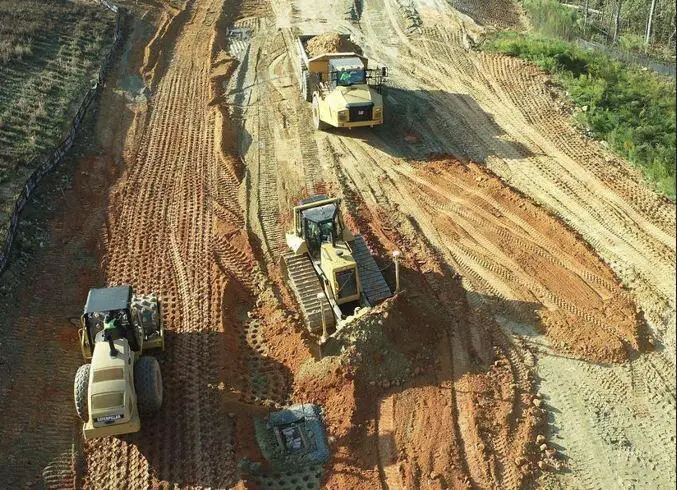
An increase in the fines content of the soil—that is, the proportion smaller than 75 μm—can also cause a reduction in the effectiveness of compaction. This is because particle rearrangement during compaction is hampered by cohesion and interparticle bonding. More successful than compaction for long-term stabilisation in these fine-grained soils is chemical stabilization/modification of their physio-chemical characteristics.
If a significant stabilisation response can be achieved in these soils, chemical stabilisation of non-cohesive, coarse-grained soils, soils with more than 50% by weight coarser than 75 μm, is also advantageous. When compared to the strength of the untreated material, the strength enhancement in this instance may be substantially larger—more than ten times higher. The most common methods of soil stabilization for roads include:
- Mechanical stabilization.
- Lime stabilization.
- Cement stabilization.
- Lime-Fly Ash (with or without cement) stabilization.
- Bituminous stabilization.
- Chemical stabilization.
- Geotextiles, fibres, prefabricated materials, etc.
Selection of Stabilisers
The kind of soil to be stabilised, the intended use of the stabilised layer, the desired type of soil improvement, the required strength and durability of the stabilised layer, cost, and environmental circumstances are all important considerations when choosing a stabiliser. However, there are some broad criteria that make certain stabilisers more preferable based on soil granularity, plasticity, or texture. There may be more than one candidate stabiliser suitable for one soil type.
For instance, Portland cement can be used with a variety of soil types, but more plastic materials should be avoided since it’s crucial that the cement be thoroughly blended with the fines fraction (<0.075 mm). For Portland cement stabilisation, well-graded granular materials with enough fines to create a floating aggregate matrix (homogenous mixture) works very well.
Lime will cause soils with medium to high plasticity to become less plastic, become more workable, experience less swelling, and become stronger. Lime is used to stabilise a variety of materials by turning weak subgrade soils into a “working table” or subbase and combining them with weak granular base materials, such as clay-gravels, to create a strong, high-quality base course.
Due to the fact that fly ash is a pozzolanic substance that reacts with lime, it is virtually usually utilised in conjunction with lime in soils with little to no plastic particles. For increased strength, it has frequently been found useful to utilise a little proportion of Portland cement mixed with lime and fly ash. Lime, cement, and fly ash (LCF) have been used successfully to stabilise base courses.
Both asphalt and bituminous compounds are used to increase strength and weatherproof surfaces. Since it is desired to completely coat all of the soil particles, silty sandy and granular soils are typically good for stabilising asphalt.
Extreme weather conditions may also affect the best stabiliser choice, favouring the use of some stabilisers while discouraging the use of others, regardless of cost. Generally speaking, the hot, arid, and cold, rainy climates demand special attention.
Mechanical Stabilisation
The development of internal friction and cohesion, two naturally occurring forces inside the soil, is known as mechanical stabilisation. In some cases, compaction by itself is sufficient to stabilise the soil. The local soil can typically only be stabilised by adding a suitable quantity of soil or gravel components. When locally available soil or gravel materials with the right grading and plasticity are not available, mechanical stabilisation is used.
In order to change the particle size distribution and plasticity, mechanical stabilisation includes mixing or blending two or more chosen materials in the necessary amounts. Before final shape and compaction, mixing can be done on-site. A common application of mechanical stabilization is the blending of a granular material lacking in fines with a sand-clay. This blending of the materials has the potential to improve strength, abrasion resistance, imperviousness, and compatibility.
Lime Stabilisation
With lime stabilisation, the soil will become less plastic, more workable, less prone to swelling, and modified to give maximum strength. There is a recommended amount of lime for each type of soil, and adding more than that will have a negative impact on the mixture’s qualities. The quantity and kind of clay minerals in the soil determine how much lime is required (in percent by mass) to stabilise a material.
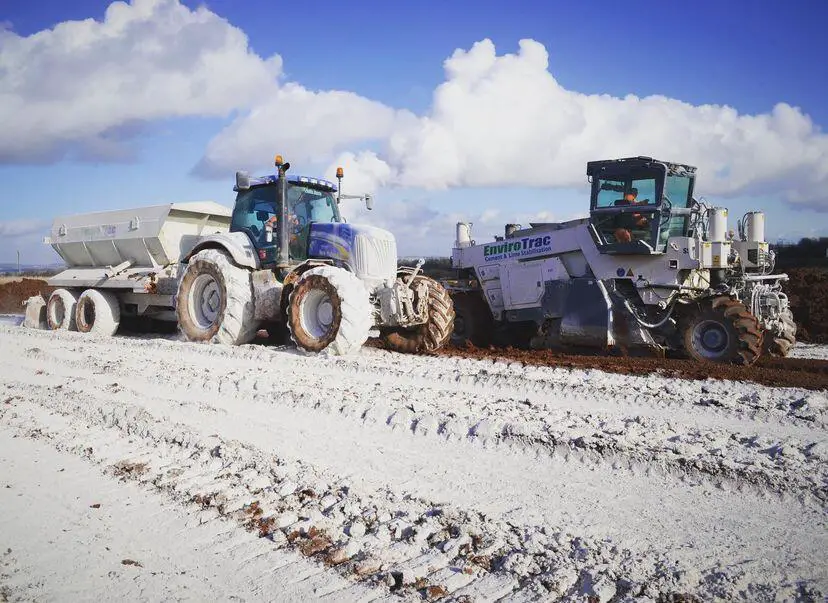
Small amounts of lime (1 to 3 percent) may be used to stabilise some soils, such as clayey gravel with acceptable grading but moderately high plasticity, by lowering the plasticity index. The use of lime contents of 3 to 6 percent may result in considerable change in the material constitution.
The majority of plastic soil materials, including clayey sands (SC) and silty clays (ML), react effectively with lime in general. Materials with plasticity indices below 10% may not react quickly, nevertheless. The material’s reactivity to lime must be tested to find out. When treated with minor quantities of lime, the stabilised soil should preserve some cohesiveness of poorly graded clayey sand and gravels. They can become friable (easily crumbled or pulverised) and totally non-cohesive if too much is introduced, which will result in failures.
As a result, base material that has been treated with lime should adhere to the grading specifications that are typically given for untreated material. All lime-treated fine-grained soils generally show characteristics of reduced plasticity, enhanced workability, and reduced volume change. But not all soils have features that boost their strength. It should be underlined that there are numerous factors that affect the properties of soil-lime mixes. The most crucial factors are soil type, type of lime, quantity of lime added, and curing conditions (time, temperature, and moisture).
Cement Stabilisation
Portland cement can be used to either modify and improve the soil’s quality or to turn the soil into a mass that is cemented and has higher strength and durability. Whether the soil needs to be modified or stabilised will determine how much cement is needed. The stabilisation of soils has been accomplished with success using a variety of cement kinds.
Pavement construction has made extensive use of cement stabilisation. Cement, however, is typically not a suitable stabilising ingredient for a pavement’s wearing course. Without being covered by a wearing surface, the cementitious linkages formed cannot withstand the pressure of traffic. Additionally, unlike lime, cement cannot be reworked after initial mixing and subsequent setting. It is also not possible to rework cement using maintenance tools like graders. On the other hand, it can be utilised as a sub-base stabilising agent.
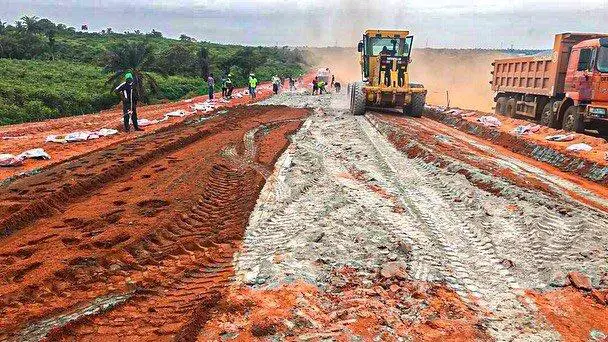
A variety of soils, from fine-grained clays and silts to sandy materials, can be stabilised using cement. When the plasticity index (PI) is low, cement is typically utilised with clays or silts for fine-grained materials. When the sulphate content of the soil is greater than 1%, cement stabilisation should be avoided.
The trial-and-error method is used to calculate the amount of cement needed to modify the soil and increase its quality. It is necessary to prepare multiple samples of soil-cement mixtures at various treatment levels in order to minimise the PI of the soil. The PI of each mixture must then be calculated. Since it was calculated using the material’s minus 40 percent, the value must be corrected in order to discover the design cement content using the entire sample weight represented in equation. The minimal cement content that provides the desired PI is selected.
A = 100BC (1)
Where ;
A = design cement content, percent total weight of soil
B = percent passing 400 micron sieve size, expressed as a decimal
C = percent cement required to obtain the desired PI of minus 400 micron material, expressed as a decimal.
Bituminous Stabilisation
When compared to cement and lime stabilisation, asphalt stabilisation of soils and aggregates is very different. A waterproofing phenomenon serves as the fundamental mechanism for the stability of fine-grained soils by asphalt. Asphalt is applied on soil particles or soil agglomerates to stop or limit water penetration, which would often result in a loss of soil strength. Asphalt stabilisation also makes the soil resistant to the negative impacts of water, such as volume, which can improve durability qualities.
There are two main mechanisms at work in non-cohesive materials like sands and gravel, crushed gravel, and crushed stone: waterproofing and adhesion. The asphalt layer on the cohesionless materials creates a membrane that stops or slows down water penetration, reducing the likelihood that the material would weaken in the presence of water.
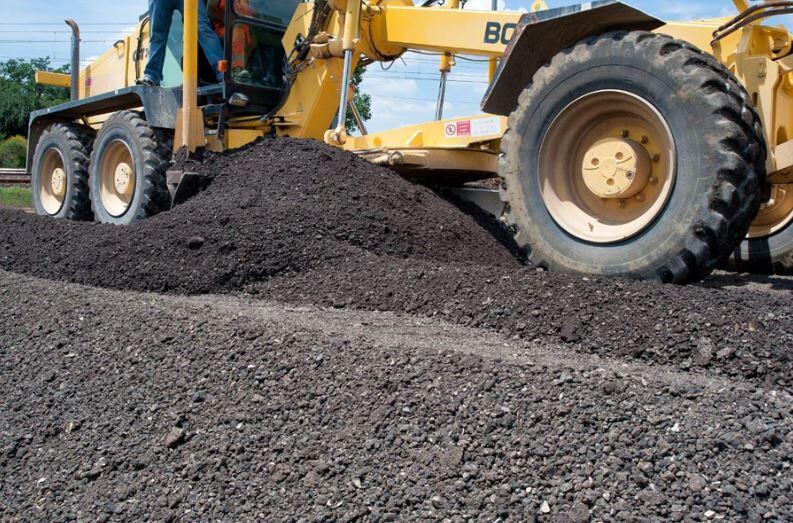
Adhesion has been named as the second mechanism. The asphalt serves as a binder or cement to hold the aggregate particles to the surface. Thus, the cementing effect boosts cohesiveness to increase shear strength. Criteria for the design of bituminous stabilized soils and aggregates are based almost entirely on stability and gradation requirements. For asphalt stabilised mixtures, the freeze-thaw and wet-dry durability tests are not relevant.
For hot, arid locations, bituminous stabilisation is more appropriate. The inclusion of bituminous binder aims to minimise water penetration through the soil and give non-plastic materials cohesiveness. Granular materials and materials that are easily granulated are the best candidates for bituminous stabilisation. There are restrictions when using bitumen-stabilised material as the wearing course for pavement. The binding action of bitumen alone won’t be adequate to stop ravelling from weathering and traffic unless significant amounts are applied. Typically, such a high bitumen content won’t be economical.
Bituminous stabilisation has been used to treat crushed rock, gravel, sandy loam, sand-clays, and other materials successfully. Bitumen can be used to stabilise fine-grained soils with increasing amounts of material passing through a 75-micron filter, however, doing so will result in increased prices and asphalt material requirements. The best candidates for this type of stabilisation are materials having a plasticity index of less than 10%.
Stabilisation with Lime-Fly Ash (LF) and Lime-Cement-Fly Ash (LCF)
Utilizing LF or LCF combinations can frequently be used to stabilise coarse-grained soils with little to no fines. During the burning of pulverised coal, a mineral byproduct known as fly ash—also known as coal ash—is produced. It contains compounds of silicon and aluminium that, when combined with lime and water, create a hardened cementitious mass with high compressive strengths.
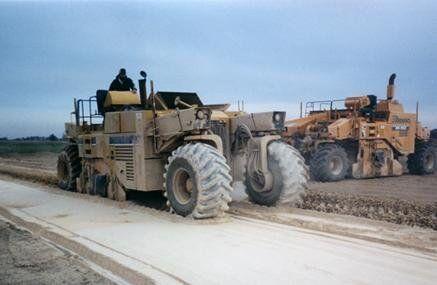
Since fly ash provides an agent with which the lime can react, lime and fly ash are frequently employed together successfully to stabilise granular materials. Lime-fly ash or lime-cement-fly ash combinations can be used to stabilise any sand, gravel, or combination of sand/gravel soil. These soils shouldn’t include more than 12 percent fines, and their Plasticity Index shouldn’t be more than 25%. So stabilisation using LF or LCF is frequently acceptable for base and subbase course materials.
Stabilization using lime or cement is somewhat different from design with LF. The percentage of lime-fly ash, the moisture content, and the ratio of lime to fly ash can all be changed for a specific material combination (aggregate, fly ash, and lime) during the mix design process. It is well accepted that the quality of the matrix material directly affects engineering properties like strength and durability. The part made up of fly ash, lime, and fine aggregate particles is the matrix material. Basically, when the matrix material can “float” the coarse aggregate particles, increased strength and improved durability are possible.
The void spaces between the coarse aggregate particles are effectively filled by the fine size particles. To successfully fill the available void spaces and allow the coarse aggregate particles to “float,” a certain amount of matrix is needed for each coarse aggregate material. The optimum fines content is the amount of matrix necessary to achieve the maximum dry density of the entire combination.
It is advised that the amount of matrix in LF combinations be around 2% higher than the ideal fines content. The ratio of lime to fly ash also affects the strength development at the acceptable fines concentration. Different strength and durability values can be obtained by varying the lime-fly ash ratio.
Stabilisation with ground granulated blast furnace slag (GGBS)
Ground granulated blast furnace slag (ggbs) is a by-product from the blast-furnaces used to make iron. These run at a temperature of around 1500 °C and are fed with a precisely measured combination of limestone, coke, and iron ore. The leftover components create a slag that floats on top of the iron once the iron ore is converted to iron. This slag is regularly tapped off as a molten liquid and must be quickly cooled in a lot of water if it is to be employed in the production of ggbs.
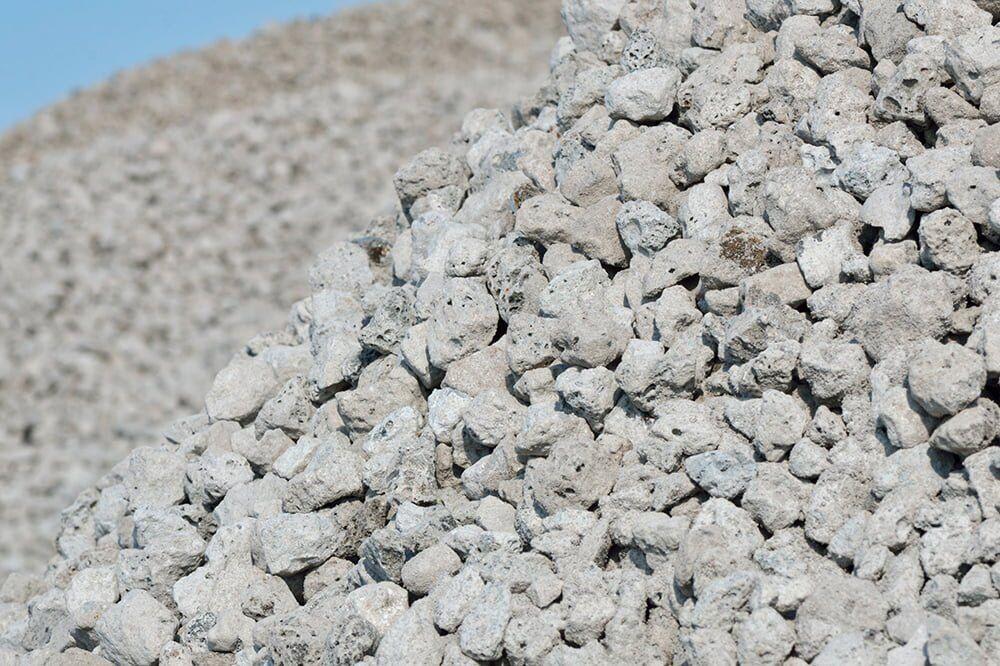
The quenching generates granules that resemble coarse sand and optimises the cementitious characteristics. In complex manufacturing facilities that can treat up to 500,000 tonnes of slag annually, this “granulated” slag is subsequently dried and ground to a fine powder to a precisely regulated fineness. Even though ggbs powder is a relatively slow-setting cement on its own, alkali is usually required to activate and accelerate it for practical use.
Portland cement often provides the alkalinity to activate and accelerate these capabilities because ggbs on its own only has slow cementitious properties. The alkali required for activation can alternatively be obtained from lime. Sulfides, as well as sulphates, are capable of causing disruptive expansion in stabilised soils, according to laboratory and field studies. Combinations of ggbs and lime have been demonstrated to be useful and efficient solutions for stabilising soil and to offer technical advantages. The integration of ggbs, in particular, is quite effective at preventing the expansion brought on by the presence of sulphate or sulphide in soil.
Stabilisation with geotextiles
Through their tensile strength capabilities, geotextiles can be utilised over very soft soils to help spread loads and so increase the site’s load bearing capacity. Every time any cover aggregate is to be added to a soil containing more than 10% fines, a geotextile is required as a separation layer. Geotextiles can also act as a separator to prevent excess fines from penetrating a granular material placed over it or as a water barrier to prevent moisture from entering the pavement. To manage and remove excess moisture, geotextiles can be utilised as filter media to build different drainage layers inside and next to the pavement.

The movement of traffic over low bearing capacity soils will be made easier by the use of geotextiles, particularly for expedient applications. The need for more traditional stabilisation materials may be diminished or eliminated by the use of geotextiles. The geotextile should meet the drainage or filtration requirements for the specific soil conditions when used for separation. To stop soil particle migration, the geotextile openings should be sized properly. The geotextile needs to be strong enough to adhere to survivability standards for subgrade situations and covering arterials.
There are design guidelines for situations when the geotextile is to be utilised as a reinforcement material or a water barrier. The geotextile often needs to be coated with a bitumen substance in order to function as a water barrier. While seams between geotextile sheets can be field seamed together using a variety of techniques, in the field they are typically only overlapped by a certain amount to avoid fastening issues.
Stabilisation using Fibres and prefabricated materials
Utilizing a pulverizer mixer, hair-like fibres are mixed into the moist soil to stabilise it. Sands and silty sands that are categorised as SW, SP, SM, and some SM-SC types of soils are the best materials for fibre stabilisation. Since the use of fibres in high-plasticity soils has produced erratic results, their application should typically be restricted to the aforementioned coarse-grained soil types. Uni-Mat, Hex-Mats, and any other fabricated material that can be utilised as a trafficked surface to sustain loads on a soft soil are examples of the fabricated materials mentioned for soil stabilisation.
Stabilisation with rice husk ash and lime sludge
Numerous industries across the world produce significant volumes of waste as a byproduct, including rice husk ash and lime sludge. These contaminants provide a serious disposal challenge and have dangerous consequences on the environment and nearby regions. The issue of their disposal can be greatly reduced by using this waste material in road construction. Studies on the use rice husk ash in stabilising soil masses have been carried out by a lot of researcher, and the findings showed that its application had a significant impact on the enhancement of soil qualities. According to some studies, it is particularly helpful for stabilising clayey soils.
The results of some studies are given below:
- lt increases the liquid limit and plastic limit thereby decreasing the PI value of soil
- It increases the unconfined compressive strength of soil.
- It increases the soaked CBR of the soil.
- The optimum proportioning of lime sludge and rice husk ash for maximum unconfined compressive strength and lowest plasticity index is 16% and 10% respectively.
- The soaked CBR however kept on increasing at 15% and 20% rice husk ash.
Conclusion
Alteration of one or more soil properties mechanically or chemically to produce an improved soil material with the appropriate engineering properties is known as soil stabilisation. Stabilizing soils can make them stronger and more resilient, or it might stop erosion and dust production. No of the reason for stabilisation, the goal is to create a soil material or soil system that will endure over the design lifespan of the project under the design use conditions.
Engineers are in charge of deciding on or defining the appropriate stabilising strategy, methodology, and material requirements. The engineering qualities of soils vary from region to region throughout the world, as do the soils themselves. Soil testing is essential for the success of soil stabilisation. Prior to construction, ideally before selecting or buying materials, the chosen method of soil stabilisation should be tested in a lab.

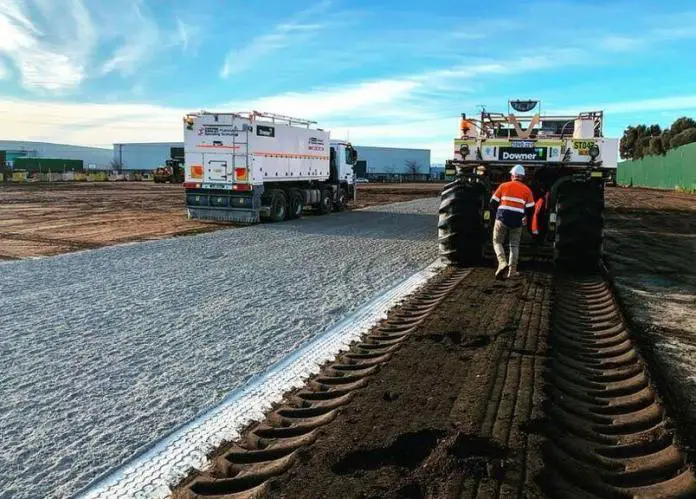
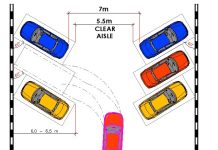





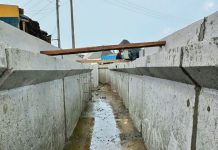


Very interesting web site for engineers and members of building team.